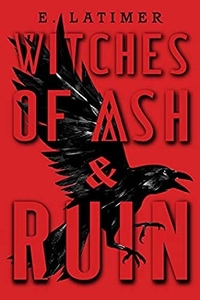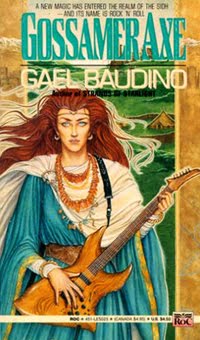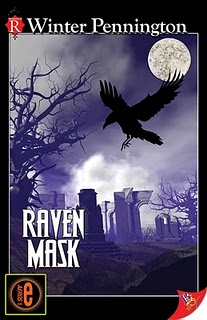Witches are turning up dead in this small Irish town–and they are following a pattern, one that has been winding through different towns for decades. Two rival covens must make an uneasy alliance to find and defend against this witch killer.
Dayna’s coven is the only place she feels at home. Her father is a conservative Christian who would never tolerate witchcraft, if he knew about it. He cast her mother was cast out for her mental illness, sending her to a Christian camp that she has only recently returned from, a stranger to Dayna. She also deals with somatic OCD, and has been ostracized by her community after being outed as bisexual. Now, the cozy family she has with her coven is being threatened, and she’ll do anything to defend it.
Meiner has been raised by her abusive grandmother, who also happens to be a terrifyingly powerful witch. Now, the King Witch is losing her memory, and often slips into irrationality or moments of delusion. Also taken in by this grandmother is Cora, who was “rescued” from an abusive aunt. She and Meiner used to be close, and even dated briefly, but now they have been pitted against each other for who is most worthy to inherent the coven. Cora will do anything for power, even if it means losing herself.
While Dayna and Meiner are clearly the main characters in this story, and their hate-to-love relationship is compelling, there are more point of view characters included. Dubh is the witch killer, and we see brief, chilling glimpses into his actions and motivations. Cora sometimes gets her own POV, revealing her desperation thinly veiling her vulnerability. We also get Samuel’s POV, who is Dayna’s ex, the Good Christian Boy, and is secretly obsessed with a serial killer.
I found it difficult to get into Witches of Ash & Ruin because of the constant POV shifts: it felt like there were so many starts and stops. I also found it difficult to keep track of so many names all at once (but that’s a fault of mine as a reader). By halfway through, although I didn’t remember all of the side characters’ names, I could appreciate what each POV brought to the story. I did get caught up on Samuel, though, who seemed more like a plot device to show things that the other characters necessarily couldn’t see. On the other hand, maybe it’s not that he’s unnecessary; maybe it’s just that I didn’t like him!
I think this would be a great October read for a blustery evening. There are murders taking place, and a real sense of foreboding. The characters are basically being hunted, and you’re not sure how or when they will be targeted. I was a little bit disappointed with the magic aspect, though: early in the novel, we’re told that the “witchlings” have all been waiting to ascend as witches, when they will get a direct link to their god and gain incredible power, unlike anything they could access before. But although two ascend fairly early on, there isn’t a lot of flashy magic being used until the very end of the book. Ultimately, although I appreciated a lot of this book, I just didn’t connect to it the way I wanted to. I think partly that was because I probably would have enjoyed this more in the fall, closer to Halloween, but also because I was overwhelmed with the amount of characters (everyone in both their covens, plus family members and friends), so I couldn’t remember who some of the major characters were, even by the end of the book. I don’t think that’s a fault of the book, though. If you enjoy dark stories about witches, and are interested in one set in Ireland, give this one a try!



